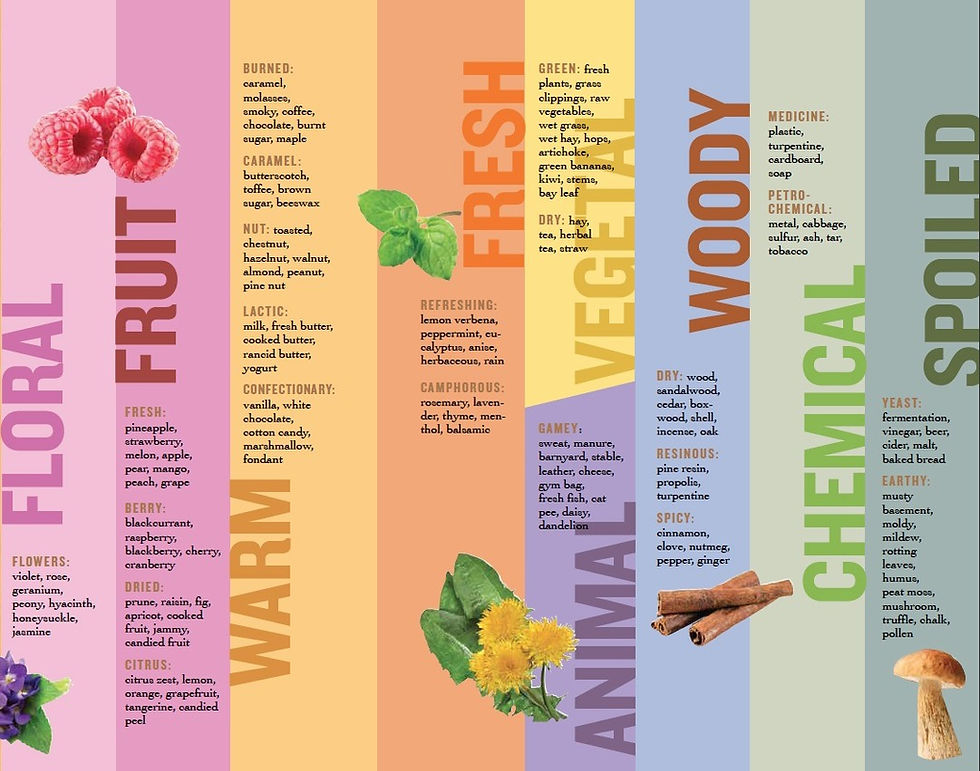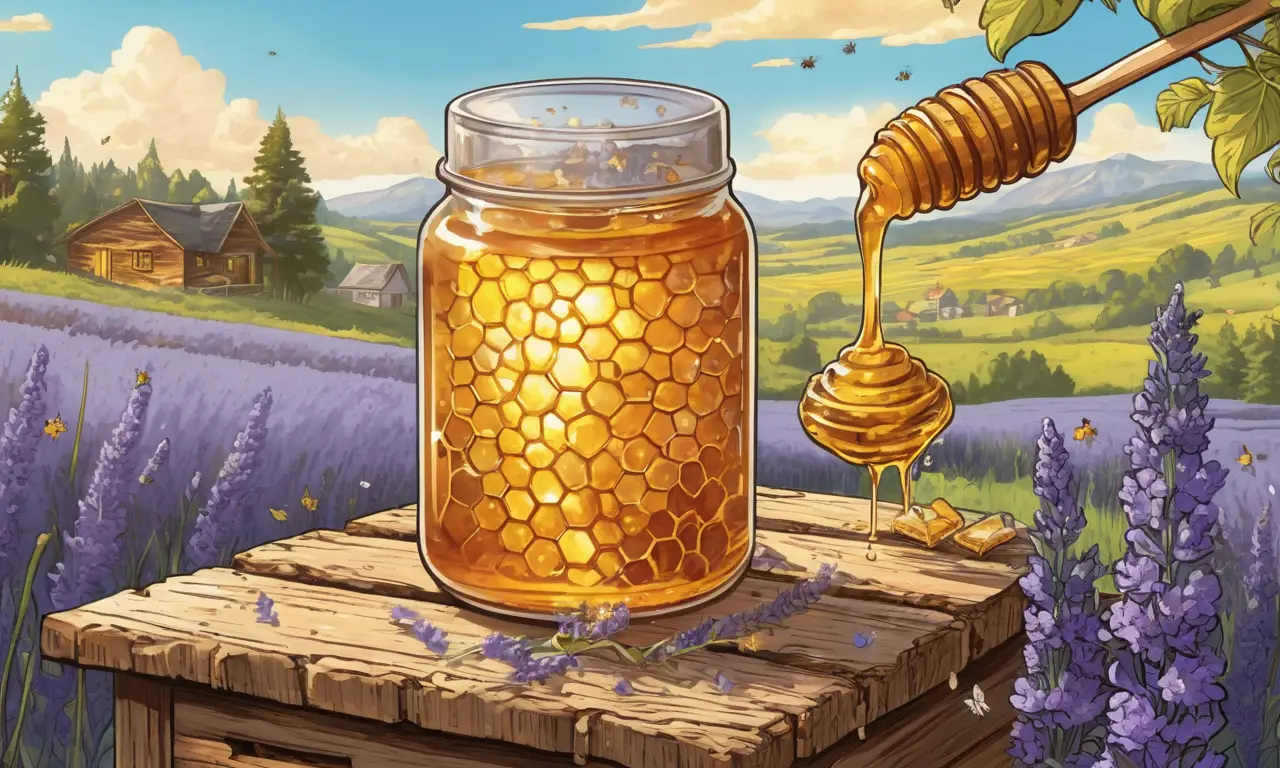
Honey has been a cherished natural sweetener for centuries, prized not only for its sweetness but also for its complex and diverse flavor profile. This golden liquid, produced by bees from flower nectar, offers a taste experience that is both familiar and surprisingly nuanced. From light and delicate to rich and robust, honey’s flavor can vary dramatically depending on the floral sources it originates from.
This article delves into the fascinating world of honey flavor, exploring its key components, variations, and culinary applications. We’ll uncover the secrets behind what does honey taste like, from its inherent sweetness to the subtle hints of caramel and spice that make each variety unique. Whether you’re a seasoned honey enthusiast or simply curious about this natural wonder, join us as we unravel the intricate tapestry of honey flavor.
Honey Flavor Profile
Honey’s flavor profile is a captivating blend of sweetness, floral notes, and subtle hints of caramel and spice. This complex symphony of taste arises from the diverse nectar sources bees collect, each contributing its own unique characteristics to the final product. The resulting flavor can range from light and delicate to rich and robust, offering a wide spectrum of taste experiences for every palate.
One of the most prominent aspects of honey’s flavor is its inherent sweetness. This natural sugar content provides a delightful base upon which other flavors are built. However, it’s the floral notes that truly elevate honey’s taste profile. Depending on the dominant nectar source, honey can exhibit a wide range of floral aromas and flavors, from delicate hints of lavender and clover to more robust notes of orange blossom and wildflower.
Sweetness in Honey

The sweetness of honey is primarily attributed to its high fructose and glucose content. These simple sugars are naturally present in nectar and are converted by bees into honey during the processing and storage process. The specific ratio of fructose to glucose varies depending on the floral source, influencing the overall sweetness level and taste characteristics of the honey.
Honey’s sweetness is often described as being more complex and nuanced than that of refined sugar. This is due to the presence of other natural compounds, such as amino acids and enzymes, which contribute to its unique flavor profile. The intensity of sweetness can also vary depending on factors such as the maturity of the honey and the processing methods used.
Floral Notes and Variety
Floral notes are a defining characteristic of honey’s flavor profile, adding layers of complexity and depth to its taste. The dominant floral source influences the specific aromas and flavors present in the honey. For example, clover honey is known for its light and delicate floral notes, while orange blossom honey boasts a more intense and citrusy aroma.
The diversity of flowering plants available to bees results in an incredible variety of honey flavors. Some popular varieties include:
– Acacia Honey: Characterized by its pale color and delicate, sweet flavor with hints of vanilla.
– Buckwheat Honey: Known for its dark color and robust, earthy flavor with a hint of molasses.
– Manuka Honey: Originating from New Zealand, Manuka honey possesses a distinctive, slightly medicinal flavor with antibacterial properties.
Caramel and Spice Hints

While sweetness and floral notes dominate honey’s flavor profile, subtle hints of caramel and spice can also be detected in certain varieties. These nuances arise from the complex chemical transformations that occur during honey production and maturation.
Caramel notes often develop as honey ages, resulting from the Maillard reaction, a process that occurs when sugars are heated. This reaction produces a range of flavorful compounds, including those responsible for caramel’s characteristic aroma and taste. Spice hints can also emerge depending on the floral sources and processing methods used.
Culinary Uses of Honey
Honey’s unique flavor profile makes it a versatile ingredient in both sweet and savory culinary creations. Its natural sweetness adds depth and complexity to desserts, while its subtle floral notes complement fruit flavors beautifully.
In baking, honey can be used as a substitute for sugar in recipes such as cakes, cookies, and breads. It also adds moisture and richness to baked goods, resulting in a more tender and flavorful texture. Honey’s versatility extends beyond sweet applications; it can also be incorporated into savory dishes, adding a touch of sweetness and complexity to marinades, glazes, and sauces.
Conclusion
Honey’s flavor profile is a captivating blend of sweetness, floral notes, and subtle hints of caramel and spice. This natural sweetener offers a diverse range of taste experiences, from light and delicate to rich and robust, depending on the nectar source and processing methods used. Whether enjoyed straight from the jar or incorporated into culinary creations, honey’s distinctive flavor adds a touch of natural sweetness and complexity to any dish.
